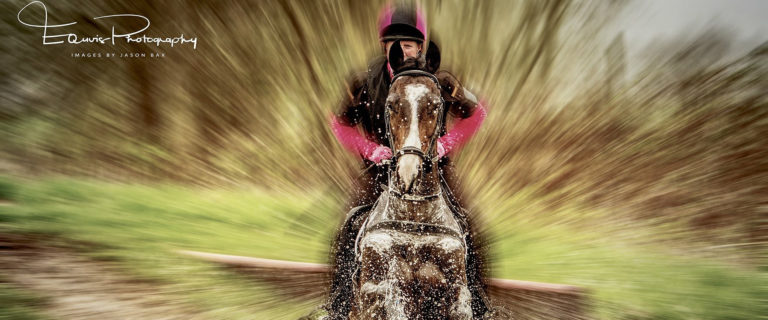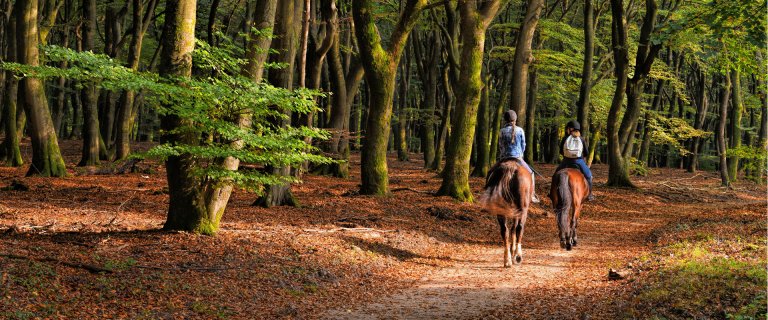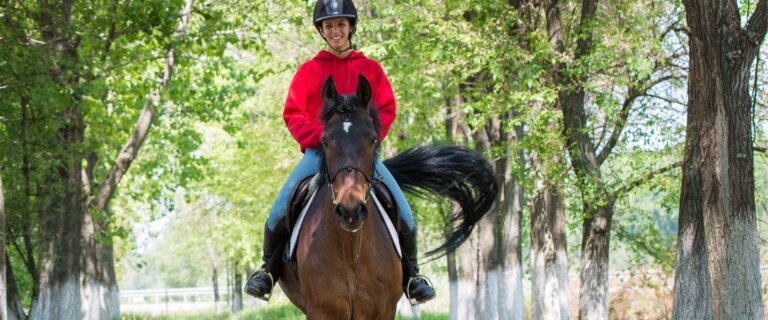Digestion like a dog’s dinner
Yesterday I went for my daily constitutional. Joined a friend of mine walking her dog… and, as one does, met fellow dog owners and had a natter. This particular natter may be relevant to your dog, to your horse and even to you, hence this digestion like a dog’s dinner post.
The brown Labrador we met was a little overweight and her owner told us that she had been to the vets over the last few months but wasn’t getting anywhere. Her dog had started to suffer from a chronic ear infection and, as a side line, she also confided that doggins had smelly poo. The vet prescribed topical steroids for the ear and advised a change of feed. On the face of it this sounds like good clinical practice but is something being overlooked?
In the absence of persistent triggers, if an infection isn’t transient or isn’t helped by the sledge hammer that is steroids, then something is adrift. That something is of course the immune system and smelly poo provided both a clue and a cue in this case.
Healthy digestion is nearly odourless
Good poo isn’t malodourous just like a good fart isn’t (even a resounding success contains only N2, O2, CO2, H2 and Methane gas, all of which have no odour). This is true for dogs, horses, husbands and you. Smelly doodoos happen when what was eaten wasn’t cleaved and absorbed properly, resulting (in dogs and in humans) in Hydrogen Sulfide, pungent-smelling Mercaptans or even Scatoles and Indoles if there’s undigested protein decay. But this labrador retriever had been eating the same feed for seven years without becoming smelly or having infections… Why would its feed be the culprit now?
Boost gut flora
A likelier culprit was that her digestive capacity had gone down… gut flora all out of sorts. You see, proteins are broken down first by stomach pepsin, then by pancreatic trypsin and chymotrypsin, then (very important in this case) by membrane-bound enzymes made by the gut’s bacterial flora (these cleave small peptides into single amino acids so that the amino acids can be absorbed into the blood). If this last cleaving step doesn’t happen properly, then there’s opportunity for putrefraction (rotting) which makes the doodoo stink… digestion like a dog’s dinner. Interestingly (again important here), good bacteria in the gut also are vital to build a robust immune system: gut-associated lymphoid tissue (GALT) represents almost 70% of the entire immune system. If your gut doesn’t work right, if your dog’s gut doesn’t work right, if your horse’s gut doesn’t work right, if your gut doesn’t work right, then there is no way on earth that the immune system will work to its best capacity.
My ambulatory advice for this Labrador was to improve its digestion by recolonizing good (digestive) bacteria and for decades I’ve advised patients to use milk Kefir for this, it works well for dogs, humans and horses. Just Google and buy starter cultures over the internet (milk kefir is your best option if you want to overcome a health issue) and increase the serving size steadily so that ultimately the serving is sensible for the body mass (the average adult -83,6kg UK male/70.2kg UK female- can ingest 2 Imperial pints/5 US cups a day, so work out the pro-rata serving for your dog or horse by its weight. Research has shown aloe vera to help good bacteria flourish in the gut, so using Kefir in tandem with ½ capsule content of Aloeride Extra Strong a day in some paté is a smart move. Kefir has a slightly acidic and tart flavour, mixing Kefir with dog food disguises it nicely but feel free to blend in a little Oxo to make your dog adore your cooking 😉








Dear Han
Thank you for your updates. I wanted to ask whether you would consider aloe ride would act as an all round bio available source of vitamins and minerals (for horses or all of us) in this world of grass and hay lacking vital micro-nutrients. When I research laminitis and PPID I read how important antioxidants are, such as Vit C and Vit E ( which is not always in an easy accessible form for horses) and how important Copper:zinc ratios are and chromium and wonder where on earth I get access these vitamins and minerals! not to mention plant enzymes, in one easy place. The amount of powders available are just mind boggling and my horses seem to need them all!!!
Hi Sharon, sorry I don’t always spot the questions coming in via Comments… Yes I do think of Aloeride as an ‘all rounder’ and frankly that is because of its very broad spectrum of nutrients (see /frequently-asked-questions/) PLUS its properly significant serving size (2,000mg is originates from 400mL certified organic aloe vera a day with constituent nutrients in a natural ratio to one another). Aloeride is an ‘all rounder’ that very specifically looks after epithelial tissue (see /what-does-aloe-vera-do/). But here’s the double whammy, because Aloeride significantly supports digestion, the uptake of your regular feed improves. Aloeride promotes growth of healthy bacteria, healthy bacteria are responsible for cleaving of large food molecules into small ones that can be absorbed into the blood stream. Nothing difficult to understand. How do we know this works? Trials at the Veteran Horse Society saw old horses put on condition and regain vitality, mobility and spring in step. Racehorses whose condition faltered regained their condition, so what happened, their digestion recovered, their nutrient uptake improved, their musculoskeletal mass improved, they’re back in training… It’s a logical linear line. In respect of all the products that are on the market nowadays, well, people have short memories. How many generations ago is it that horses in work were fed soaked whole oats, apples and carrots next to grass and hay. Did those horses perform well in races, in showing, in dressage, in XC… uhm, yes! The scoop of this and that type of feed is convenient and time saving, but, have these new feeds made a (preventative) turnaround in, as you wrote, laminitis, or Cushing’s, or EGUS, or EHV. So my advice is to keep it simple, invest in best possible natural feed & grazing, make sure digestion and micronutrients are well covered and make sure your horse is happy. I hope the above helps, kind regards, Han.